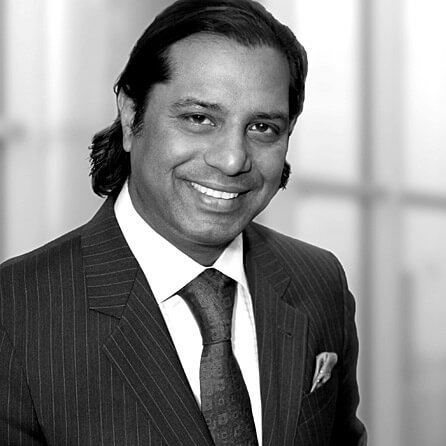What the Tuck!
The tummy tuck, or abdominoplasty, is one of the most sought after procedures in aesthetic surgery. Clients articulate their goals for abdominoplasty in a number of ways, including the desire for a narrower waist; removal of flabby/excess skin; or to simply have a tighter tummy that is beach and bathing suit friendly.
Abdominoplasty is a surgical procedure that demands the respect of both the surgeon and patient.
Tummy tuck surgery has a higher risk of complications than any other cosmetic surgery.
Common complications associated with tummy tucks include fluid collections (hematomas); infection; DVT; and wound separations.
At the Reddy Aesthetic Institute (RAI), we are very aware of the ideal waist to hip ratio (WHR) of 0.7 and attempt to achieve this standardized beauty metric. The close-to ideal WHR may be accomplished only by properly narrowing and defining the waist. In many cases, proper waist definition is achieved only with the simultaneous application of liposuction.
A well executed tummy tuck should address excess skin; tighten the abdominal musculature in order to correct any abdominal bulges; reposition the belly button; and position the incision such that it easily camouflaged by bikini bottoms. Separation of muscles, or Diastasis Rectii, and hernias may be repaired at the time of abdominoplasty. Contrary to past beliefs, abdominoplasty may be safely combined with liposuction — previously viewed as taboo.
Many principles and techniques applied to abdominoplasty surgery were described and conceptualized by Dr. Lockwood of Kansas. Central ideas to Dr. Lockwood’s advances in abdominoplasty include the directional tensioning of the skin flaps (high lateral tension); the idea of minimizing the undermining (dissection); and using the fascia (the tough connective tissue under the skin) to maintain tension on the closure — thus off-loading the tension across the incision.
Further refinements to abdominoplasty were introduced by Jean-Francois Pascal of Lyon, France. He popularized the idea that preservation of lymphatics to the abdominal flap would reduce the occurrence of seroma. Osvaldo Saldanha of Sao Paulo, Brazil, apparently they know a thing or two about plastic surgery down there, introduced Lipoabdominoplasty and proved that liposuction could be safely combined with abdominoplasty. The idea of the adhesive suture, also known as a quilting suture or Baroudi Stitch, prevented fluid accumulations and made the “drainless” tummy tuck a reliable and safe procedure.
In my practice, I perform lipoabdominoplasty as a routine. I find this technique to be less “invasive” than the traditional abdominoplasty. The application of liposuction allows me to properly treat difficult areas such as the love handles as well as to debulk the sub-costal areas — the areas of the abdomen below the rib cage. The lipoabdominoplasty technique continues to be refined by surgeons at the Wall Center in Shreveport, LA. It has the advantages of superior results, improved safety, quicker recovery, and fewer drains.
To explore your options for a safe, less invasive and minimal drain tummy tuck, arrange a consultation with Dr. Reddy at RAI. Our friendly staff are always available to assist.

P. Pravin Reddy, MD is a Board Certified Plastic & Reconstructive Surgeon and a member of the American Society of Plastic Surgeons.